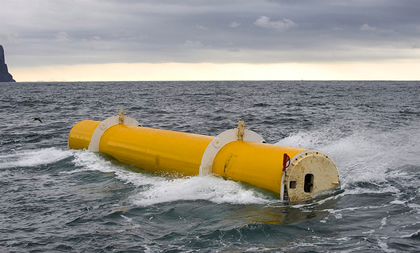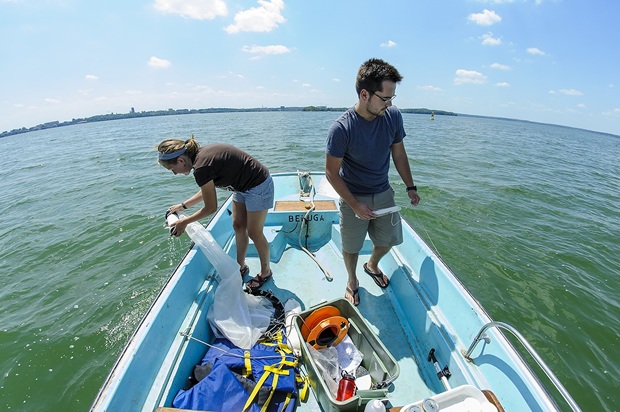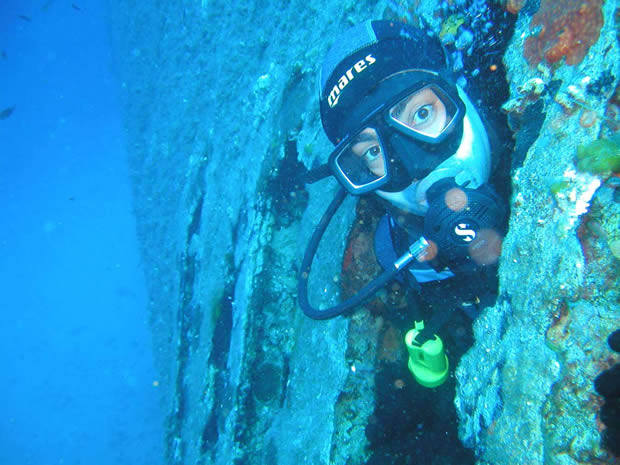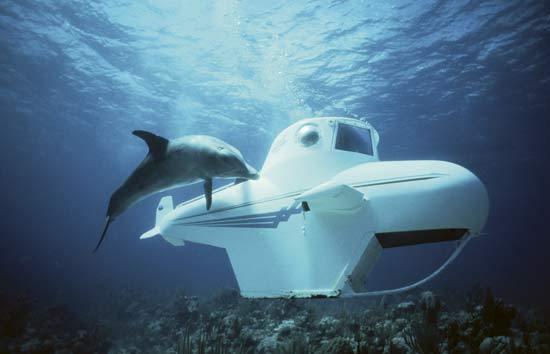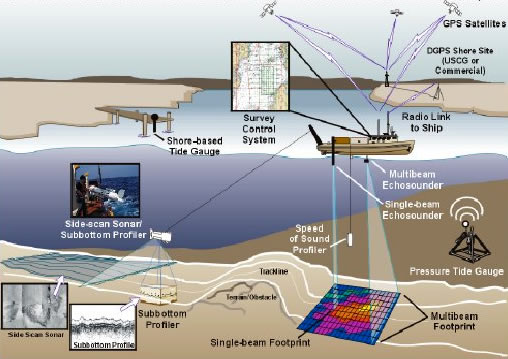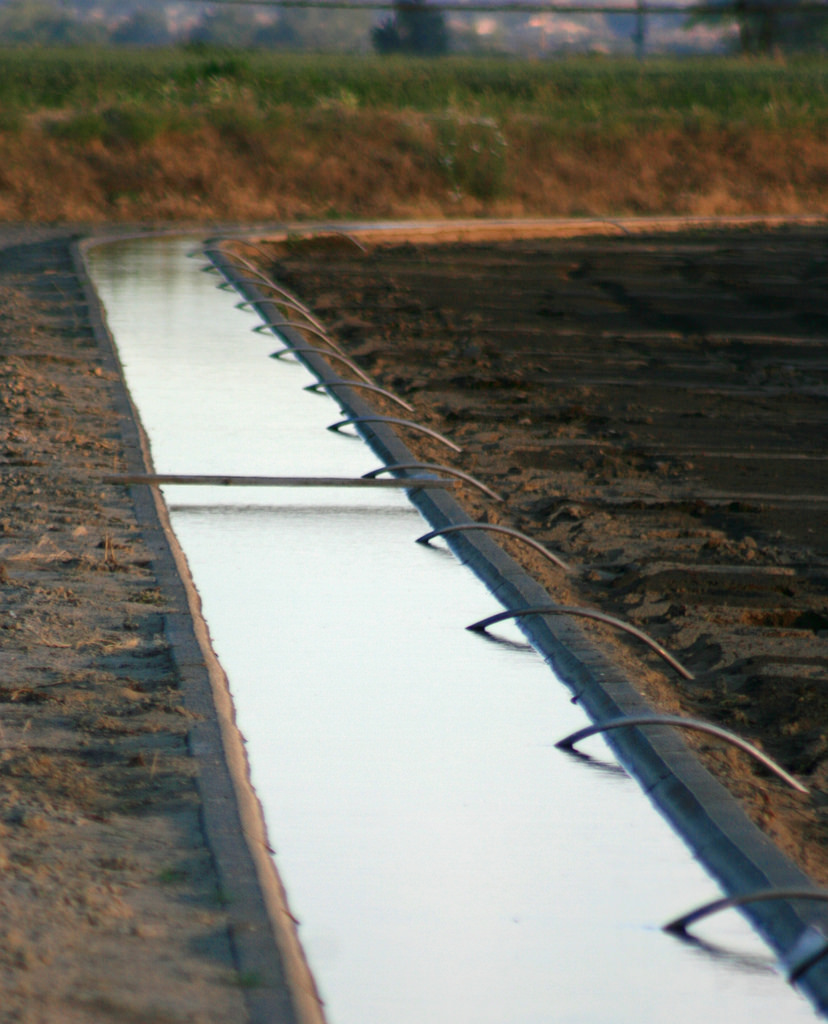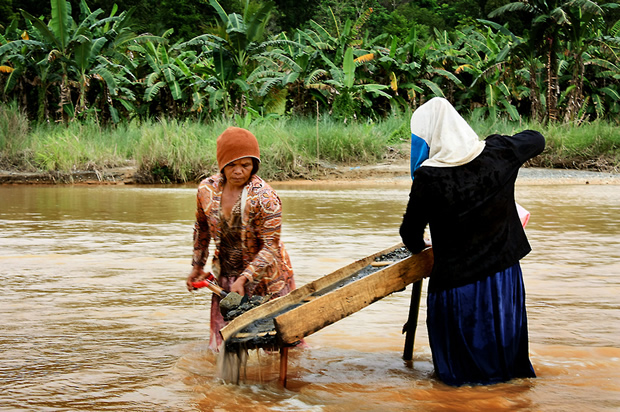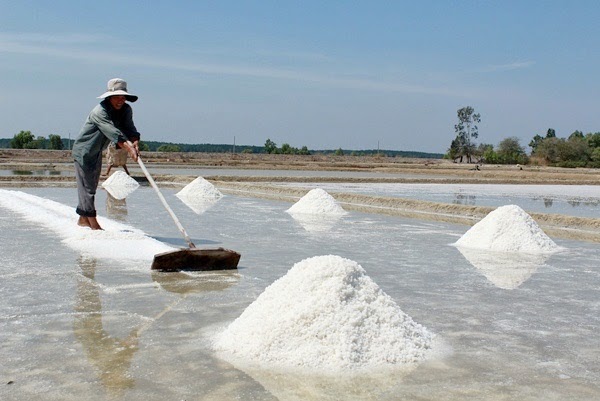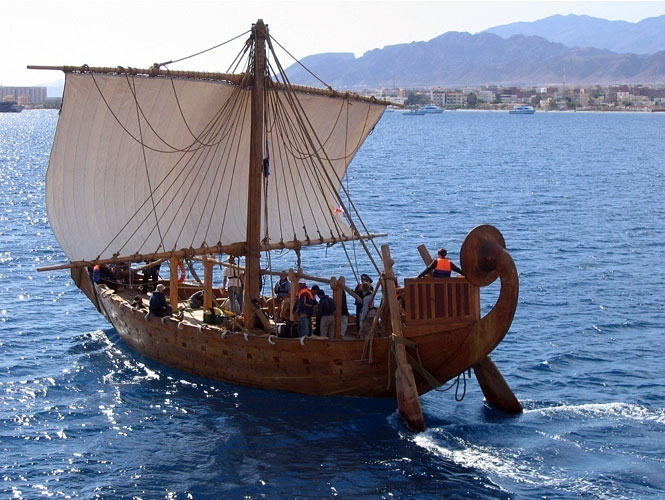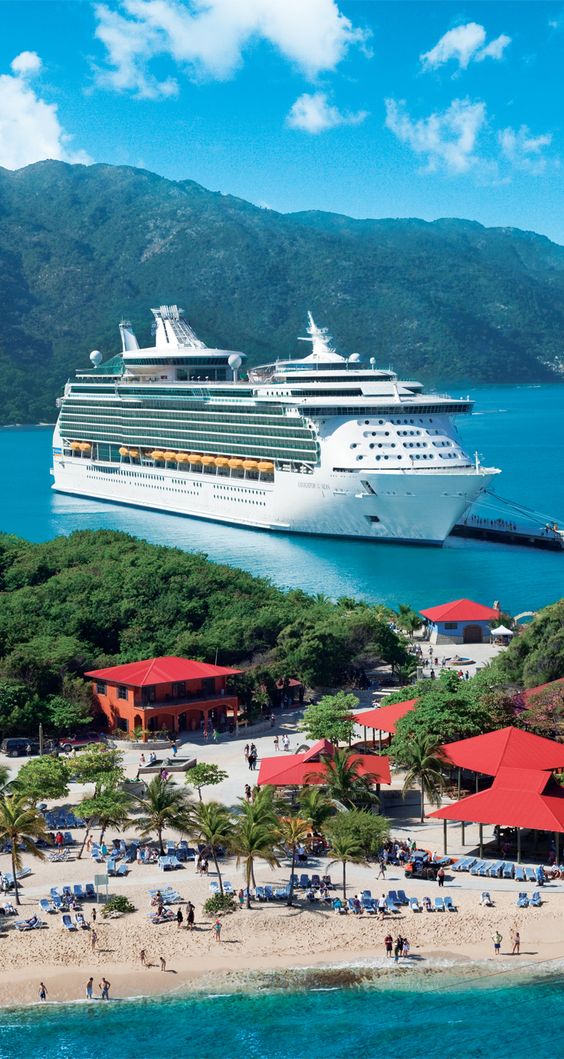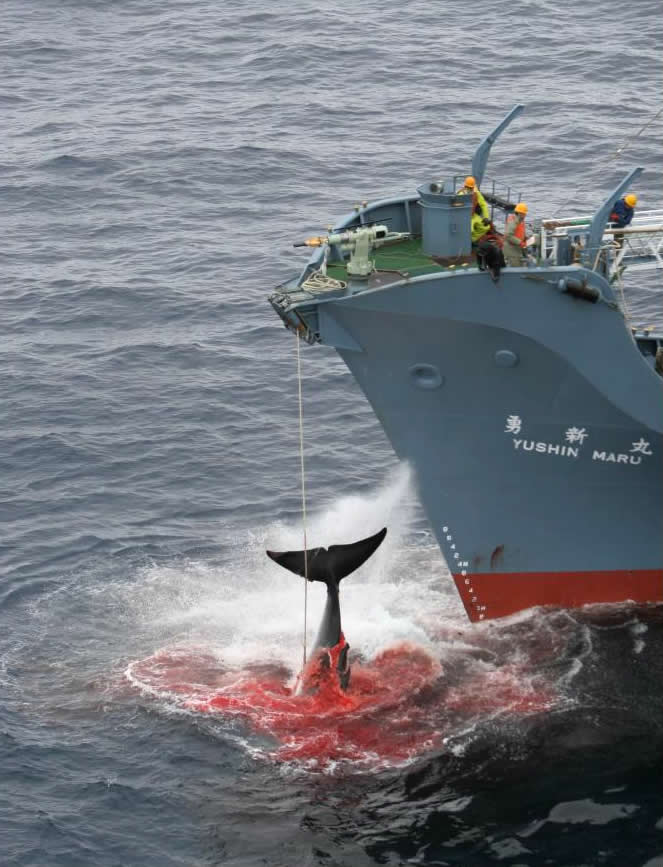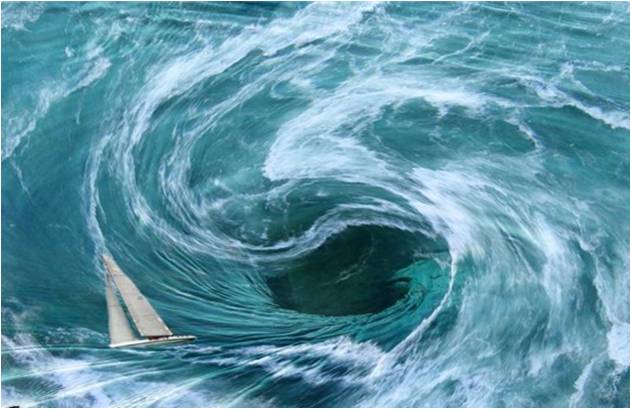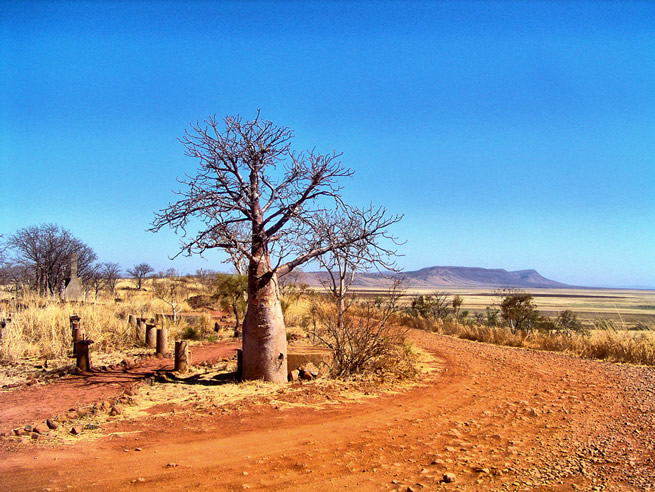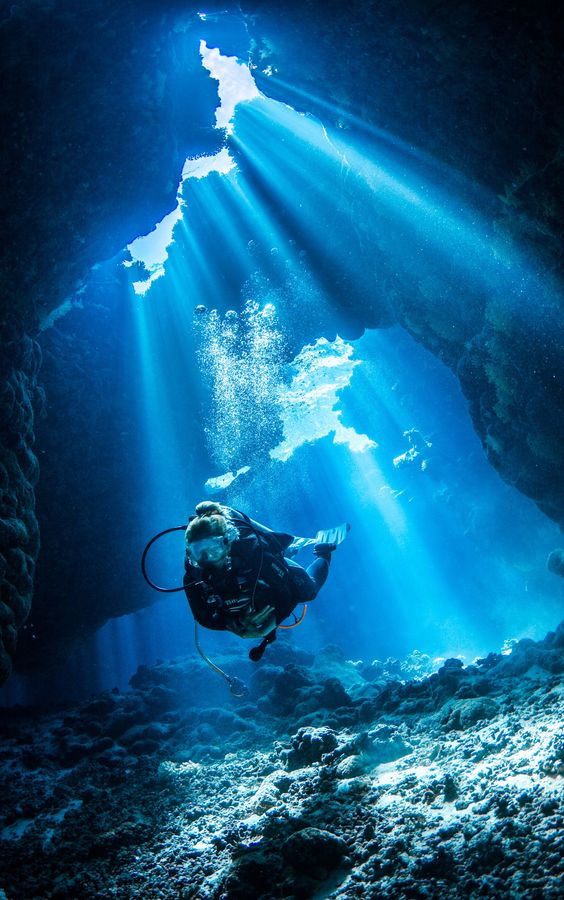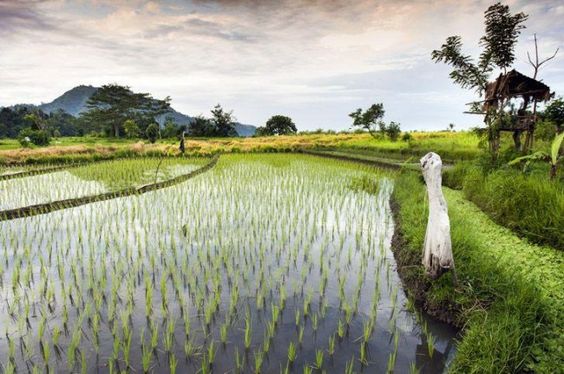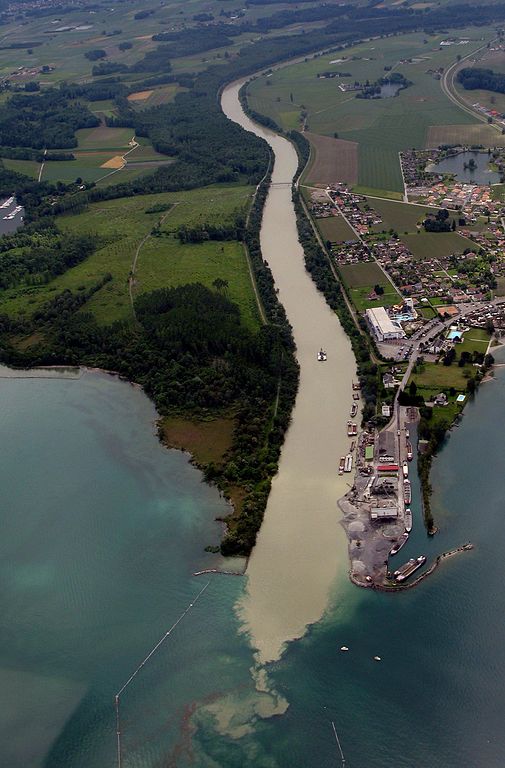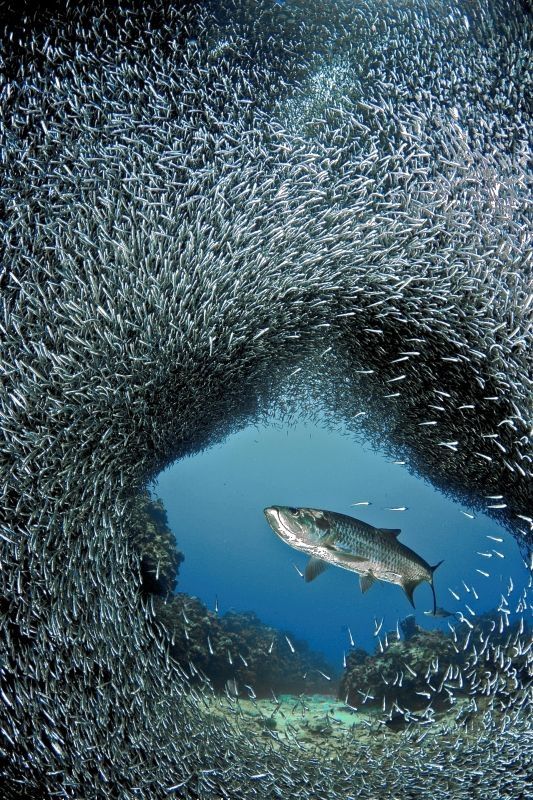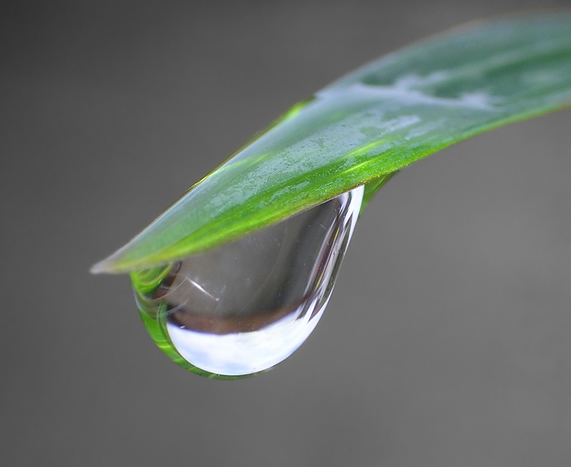Conservation is the philosophy that natural resources should be used cautiously so that they will remain available for future generations of people. In practice, conservation is the act of protecting, managing, and restoring shared earth resources such as
soil, air, forests, minerals, petroleum, wildlife, and water—one of humans’ most essential resources.
Water conservation can be as simple as one person using water sparingly during a drought (prolonged period of dry weather), or as complex as a multi-national committee de veloping a long-term water distribution plan for an entire continent.
The word conservation means different things to different
people, and a workable conservation plan for a particular region or resource usually involves a compromise between several interest groups. Consider, for example, a forest. To a logging company, forest conservation means developing a system of cutting and replanting healthy, fast-growing trees that ensures continuing profits.
To a forest ecologist (a person who studies relationship between organisms and their environment) it means restoring a forest to a more natural state that supports a healthy community of plants and animals, along with protecting its most fragile areas and species. To a homeowner conservation means preserving the natural beauty of the forest and safeguarding property from
forest fires. And to a preservationist it means letting nature manage the forest with little or no human intervention.
Conservation generally involves managing natural resources to serve people, whether by providing materials for essential needs (water, food, shelter, and
energy) and consumer products (cars, clothing, computers, furniture), or simply by protecting wild areas where people can enjoy nature and outdoor recreation.
While most scientists do not argue with using Earth’s natural resources to meet human needs, most scientists also agree with the general idea that shared natural resources should be protected from overuse and pollution, and wisely managed using sound scientific
information.
Need for water conservation
Water is Earth’s most plentiful natural resource. It covers almost three-quarters of our planet’s surface. Astronauts say Earth looks like a “blue marble” from
space with its blue oceans and white swirls of water droplets (clouds) in the atmosphere (mass of air surrounding Earth).
Water is also a renewable resource. Water moves endlessly within the hydrologic
cycle, and is almost never destroyed in the process. When humans draw water from lakes, rivers, oceans, or groundwater reservoirs (aquifers), new water replaces it.
Water is even self-cleansing. When it evaporates, it leaves pollution and salts behind and forms clouds that produce fresh rainwater. New water that flows into polluted lakes and rivers acts to dilute (lower the concentration or amount) and disperse (spread out) pollutants.
Why then, if water is so abundant and easily replenished, do people need to conserve it? First, fresh,
liquid water that is suitable for human use only makes up a small percentage of Earth’s total water supply. Almost all (97%) of Earth’s water is undrinkable salt water that resides in the oceans.
In addition to being too salty to drink, seawater corrodes (wears away) metals and gums up machinery, making it unsuitable for most other human uses. Much of the remaining 3% is frozen in glaciers (slow moving mass of ice) and ice in the North and South Poles.
Second, fresh water is distributed unevenly on Earth’s surface. Some regions have abundant freshwater resources and others are arid (dry)
deserts where water is scarce. Third, though water is a renewable resource in a general sense, local and even regional water supplies can run dry from overuse.
Finally, human activities that add chemical substances to surface water, groundwater and the oceans can pollute water to the extent that it is unsafe for human use and damages the larger ecosystem. For all these reasons, water conservation and management are extremely important, especially in places where a large
human population depends on a limited water supply.
Water conservation in history
 |
| Roman aqueduct |
Humans have shared public water resources since they first settled in permanent villages thousands of years ago. Early peoples however, usually solved water supply or contamination problems by simply moving their villages.
When wells ran dry from overuse, or rivers became polluted with human waste, they just relocated to a new, unspoiled location. Ancient civilizations in the arid Middle East, Africa, and
China, who needed to supply water to the residents of large cities and to permanent agricultural lands were the first true water conservationists.
Throughout history societies have succeeded, in part, because of water management plans that ensured a steady supply of unpolluted water through periods of drought (prolonged shortage of rain) and flood. The desert empires of Mesopotamia and Egypt flourished by using elaborate
irrigation (crop watering) and plumbing systems to distribute water from the rivers Tigris, Euphrates, and Nile to cities and croplands.
The Ancient Greeks constructed drainage systems and huge stone sewers at the palace of King
Minos at Knossos on the island of Crete almost 5,000 years ago. Water engineering was one of the great hallmarks of the Roman Empire.
The Romans built aqueducts, canals, irrigation systems, city sewers, and indoor plumbing throughout their vast empire. (The modern English word plumber comes from the Latin word for lead, plumbus, and the ingenious Roman lead workers, plumberium, who engineered the world’s first reliable indoor plumbing.)
Civilizations and empires have also failed because of poor water conservation practices or water management. Populations that have overused their water supplies or have allowed their water to become polluted have suffered serious consequences. Many archeologists attribute the mysterious disappearance of the Anasazi people from the American Southwest to inadequate water supply.
Diseases caused by poor sanitation and poisoning from lead pipes were ironically, two factors that contributed to the fall of the Roman Empire. Improper
waste management has also played a major role in the spread of diseases such as the bubonic plague that killed millions of Europeans during the Middle Ages.
Waterborne diseases such as cholera, typhoid, typhus, and dysentery thrive where sewers bearing waste from infected persons empty into a public water supply. Scientists only began to understand the dangers of microscopic bacteria in sewage-polluted water after an epidemic of cholera killed thousands of people in Europe and the United States in the 1830s.
History of the American conservation movement. The idea of conservation only began to gain popularity in the United States at the end of the 1800s. Until then the
North American frontier had provided seemingly inexhaustible natural resources, including abundant fresh water. By the 1890s however, European settlement had reached across the entire continent, and the census of 1890 declared the American frontier closed.
Unrestricted sport hunting had slaughtered the bison herds of the Great Plains and killed off the flocks of passenger pigeons that once migrated (traveled periodically) down the Atlantic coast. Logging, grazing, mining, and hydropower (power from water energy) development threatened America’s most dramatic national landmarks. Niagara Falls, for example, nearly lost its untamed water flow.
The Gilded Age at the end of the nineteenth century was also a time of unregulated resource exploitation and social inequality that made conservation an appealing idea to the
general American public and to government leaders. Powerful businessmen of the mining, timber, railroad, and ranching industries became immensely wealthy as they laid waste to America’s pristine forests, prairies, wetlands and waterways. At the same time, most Americans saw their living standards decline.
Without government oversight, laborers, owners of small businesses, and independent settlers were at the mercy of the economically and politically powerful industrialists. While the powerful of the gilded age enjoyed luxurious estates and the diversions of high society, average Americans received low wages, worked in poor conditions, and lived in crowded cities and towns.
Gifford Pinchot (1865–1946) founded the conservation movement in the United States in the late 1890s. Pinchot argued that the best use of nature was to improve the life of common citizens. Pinchot’s ideas were inspired by his observations of environmental destruction and social inequality that resulted from unregulated wilderness exploitation during the 1800s. He was also influenced by the writings of other nineteenth century explorers and naturalists including George Perkins Marsh and John Wesley Powell.
Pinchot had great influence during the presidency of Theodore Roosevelt (1901–9), and he helped to steer conservation policies from the turn of the century until the 1940s. (Roosevelt was an avid hunter and an ardent conservationist in his own right.) Pinchot became the first head of the U.S. National Forest Service when it was established in 1905. Its motto, “The Land of Many Uses” reflects Pinchot’s philosophy.
Conservation efforts have continued in the United States since the era of Roosevelt and Pinchot. Government agencies, groups of private citizens, and even business leaders have developed strategies to protect America’s natural resources. The U.S. government has set aside millions of acres of public land as national forests and parks, and a large group of agencies now manage the nation’s
natural resources in a scientifically and economically reasonable manner.
Universities and professional schools offer courses in resource management and natural sciences such as biology and geology. The discipline of
ecology, the study of communities of plants and animals that live and interact in a specific environment, blossomed as scientists, engineers, and policy makers sought to understand the natural environments they were charged to protect.
Some early conservation strategies may seem strange by modern standards, and have had unintended negative consequences. For example, extreme flood control measures along the Mississippi river system exposed a large human population to catastrophic mega-floods. However early environmental policies were based on the science of the time, and were unquestionably fairer and less destructive than the unchecked industrial development they replaced.
Water conservation programs and projects played a major role in President Franklin D. Roosevelt’s (1882–1945) “New Deal” plan to revive the United States economy during and after the Great Depression of the 1930s. Government-sponsored hydroelectric projects such as the Tennessee Valley Authority (TVA), which dammed the Tennessee River for flood control and electricity generation, provided work for thousands of unemployed engineers and laborers.
The Bureau of Reclamation, a government agency that manages the surface water west of the Rocky Mountains, constructed more than 600 dams during 1920s and 1930s, including Hoover Dam on the Colorado River, and Grand Coulee Dam on the Columbia River.
East of the Rockies, the Army Corps of Engineers helped put the American public back to work by building dams and other water control structures in the Mississippi River system. The Soil Conservation Service was established to advise farmers in maintaining and developing their farmland.
Conservation or preservation? Pinchot and other early conservationists fundamentally disagreed with early preservationists who thought that some wilderness should be protected solely to preserve its beauty or its natural ecosystem. John Muir, an eloquent writer who worked to protect Yosemite Valley in California, led the early preservationist movement.
He bitterly opposed Pinchot’s vision of the nation’s wilderness and waterways as warehouses of useful materials. Because of its more moderate stance, Pinchot’s conservation became the more popular position and it has since guided U.S. environmental policy.
The preservationists did however, strike a chord with the American public and some of their ideas were incorporated into a mainstream conservation movement. In the 1960s, environmentalists echoed Muir’s arguments when they raised objections to conservation’s anthropocentric (human-centered) emphasis.
Late twentieth century naturalists such as Rachel Carson (1907–1964), Edward Abbey (1927–1989), Aldo Leopold (1913–1983), as well as more radical environmental groups, including Greenpeace and Earth First!, owe much of their legacy to the turn of the century preservationists.
Water conservation in the United States
Water is by far the most carefully managed natural resource in the United States today. The average American uses about 100 gallons (378.5 liters) of water each day for direct purposes such as drinking, cooking,
bathing, washing clothes and dishes, watering lawns, and washing cars.
Per person water use is even greater when including indirect uses such as irrigation for a person’s food and water used to manufacture consumer
products. A complex system of local, state, and national water boards and agencies manages the U.S. water supply to ensure that all 280 million Americans have access to a steady supply of fresh water.
It is only a slight exaggeration to say that every drop of river water in the United States encounters a human water control structure or system of some sort before eventually reaching the
ocean or evaporating into the atmosphere.
All of the nation’s major rivers and most of its smaller rivers and streams are dammed, constricted by levees, or both to protect humans from floods, provide hydroelectric power, and hold back reservoirs (artificial lakes) that contain local water supplies. Engineers and water managers control river flows in the United States to such an extent that many floods and shortages are today an act of man as well as nature.
Water is one of the most economically valuable resources. In the bone-dry American West and Southwest, booming cities such as Phoenix, Las Vegas, and Los Angeles share scarce water supplies with large-scale agricultural regions such as California’s San Joaquin Valley.
Central California receives only a few inches (centimeters) of rain each year, but with irrigation water imported from the Sierra Mountains and the Colorado River, it has become “America’s salad bowl.” Much of the produce (lettuce, tomatoes, avocadoes) stocking the grocery store shelves in the United States comes from irrigated fields in the deserts of California and Texas.
The Colorado River is so heavily used by the states along its path (Colorado, Utah, Arizona, Nevada, and California) that it contains only a trickle of water where it crosses the Mexican border and it no longer reaches the ocean. (In fact, because the Colorado River water distribution plan was agreed upon during a relatively wet period, the river actually contains less water than was promised to its various human users.)
Water use is strictly regulated according to local, state, and national laws. With the exception of small lakes and streams on private property, bodies of surface water are public property. In most states private landowners must allow the general public to use water from rivers or lakes on their property. Furthermore, they must abide by the same water quality and withdrawal guidelines as the rest of their water district.
Unlike surface water groundwater usually belongs legally to the owner of the overlying land. Most groundwater laws were written before scientists understood groundwater moves in underground reservoirs, and that single users can overuse or pollute shared groundwater resources. Individuals, industries, and communities that abuse groundwater usually face few legal consequences, especially compared to users who pollute or overuse
surface water.
If for example, a city’s water reservoir runs low during a dry spell the regional water district can legally purchase water from other sources, and can require the whole community to take water-saving measures like restricting summertime lawn irrigation and car washing.
If on the other hand, a farm’s well goes dry after the farmer’s neighbor lowers the water table (level below which rocks and soils are saturated with water) by over pumping, no legal action could be taken against the neighbor and the farmers would likely need to drill a deeper well.
I
nternational water conservation
Although water shortages, floods, pollution, and water-related legal conflicts are relatively common in the United States, water conservation policies generally ensure that Americans can trust their water supply. People in other parts of the world are not so fortunate, particularly in the developing nations of Africa, South America, and Asia. In many regions arid climate, rapid population
growth, poverty, and political instability are a recipe for water shortages and pollution.
Two-thirds of the world’s population lives on less than 13 gallons (49 liters) of water per day. (Remember that an average American uses about eight times that much water.) When political tension becomes war or an already dry climate gets drier, people who were surviving with limited freshwater are faced with famine (food shortages leading to starvation) and disease.
In recent decades conservation has become a critical issue for the international community. Organizations such as the Unite Nations Environment Program (UNEP), the International Union for the Conservation of Nature and Natural Resources (IUCN), and the World Wildlife Fund (WWF) are working to help individual countries plan for the maintenance and protection of their resources.
Their strategy, called sustainable development, is based on a philosophy that is very similar to Pinchot’s original conservation ideal. Earlier international programs viewed environmental protection and economic development as an “either-or” decision between preserving nature and human prosperity.
Sustainable development schemes aim to address humans’ most pressing social issues like poverty, famine, and disease by solving environmental problems such as water scarcity and pollution. New strategies for coping with environmental issues also involve providing economic incentives that encourage economically powerful nations and industries to act for the common good.

